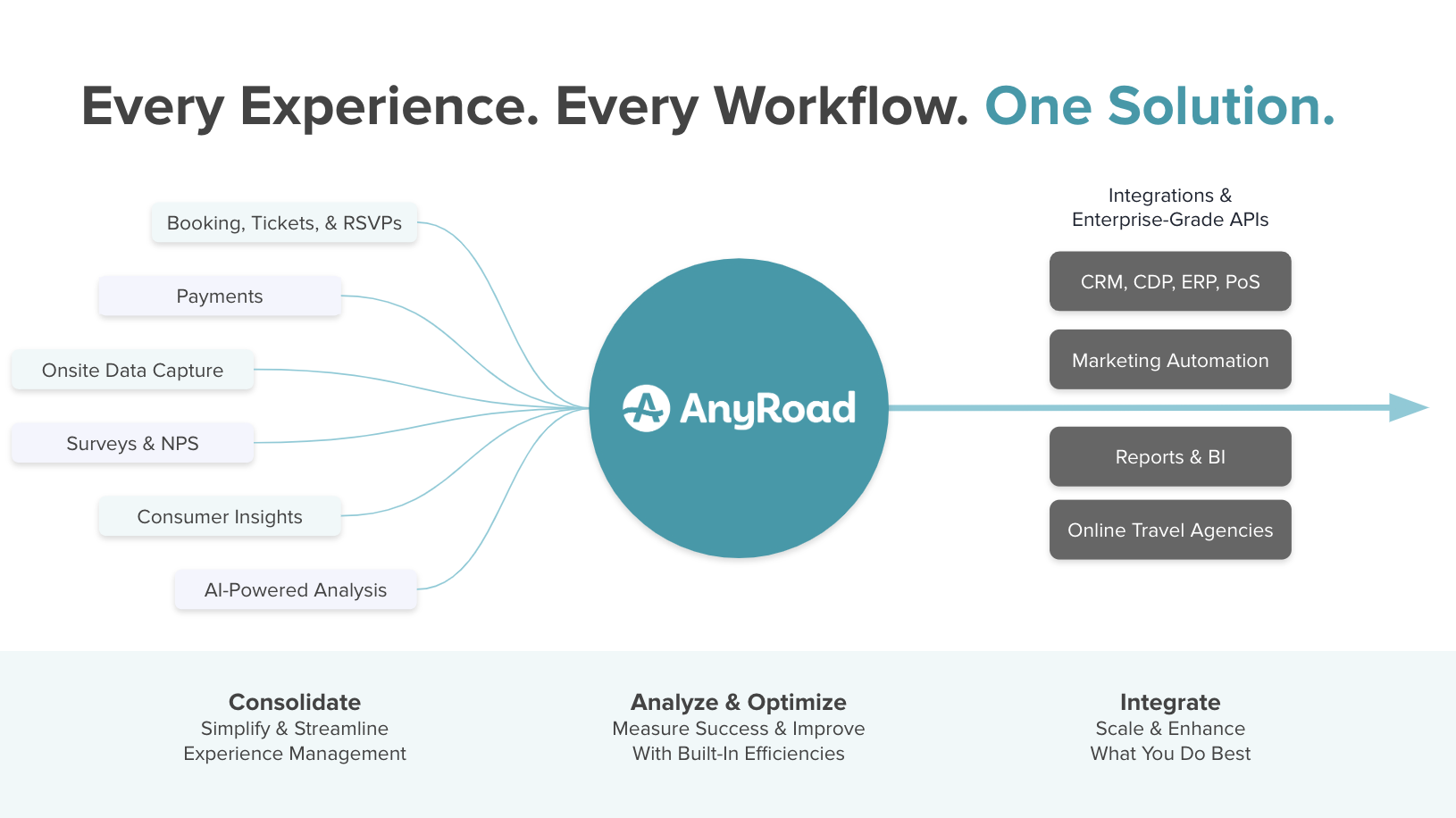Whiskey Tourism is defined as the travel, entertainment (food, music, art), and sampling of whisk(e)y products and merchandise associated with a particular brand, region, trail, or country.
A similar type of tourism is Wine Tourism. Wine and Whiskey lovers are willing to travel and spend money on pairings, tastings, tours, masterclasses, mixology, production education, or anything related to their favorite brands and spirits.
Whiskey Tourism is an extension of the ability of spirits brands to provide experiences as opposed to just events where samples are given away. Consumers are much more likely to become repeat customers of a brand when trust and value are established. Combining a brand's history and purpose with exciting entertainment options builds an emotional connection with consumers.
Why Does it Matter?
Whiskey is surging in popularity, and new producers are emerging outside the established countries like Scotland, Ireland, Japan, and the US. Within these whiskey-producing regions, non-profit and trade organizations are established to develop the Whiskey Tourism market.
Some of these organizations with significant contributions are the Kentucky Bourbon Trail, the Irish Whiskey 360 Passport, the Tennessee Whiskey Trail, the American Whiskey Trail, Visit Scotland Whisky Tourism, and many more. The results of Whiskey Tourism have been rather remarkable in such a short period of time.
The good news is that COVID did not stop Whiskey Tourism. It merely slowed things down for a while. In fact, we've seen significant announcements from Diageo and Pernod Ricard about their ongoing investments in Whiskey Tourism.
The pandemic provided an opportunity for brands to rethink their approaches. Both wine and whisky have such an extensive reach because, unlike other categories such as rum and gin, they have a large variety of styles. The popularity and versatility of whisky have found a home that even a pandemic can't stop. So it matters because the profits and the creation of an emotional attachment to your brand require it.
Like the wine consumer, the whiskey consumer is experiencing brand and style fatigue, confusion, price sensitivity, and more. The tequila industry, for instance, is more straightforward, with four basic types of tequila in the premium market. So the variety of whisk(e)y makes it harder to create brand loyalty. Five years ago, it was still possible to build brand loyalty with a solid product and packaging, and there was also much less whisky variety.
Some Great Spirits Examples
Now that we established the importance of participating in Whiskey Tourism as a necessary pillar for brand success. With so many options available to brands, it is essential to point out some examples of brands that are doing well and are putting significant resources into this goal.
Diageo
Diageo has made a considerable investment of 150 million euros on Scottish whisky tourism, which is the most substantial amount Diageo has ever put forward for this cause.
Johnnie Walker Princes Street already has quite a portfolio with their Green, Blue, Red, Gold, Black, and Limited Edition expressions, as well as the John Walker and Sons blended whisky expressions.
Scotland
Scotland has taken whisky experiences to a whole new level by adding rocket-spotting to the usual whisky, golf, and moors.
Beyond Diageo, there is simply a great deal of activity regarding whisky tourism in Scotland. Before COVID, most whisky brands looked to Scotland as a proxy for other whisky tourism areas. Scotland has a very organized view of the market, as distilleries tend to work together to promote the segment.
Scotland also has the benefit of history on its side, as some of the world's oldest distilleries are there. Now that more and more in-person events are taking place, this segment should return to the tremendous success of 2019.
Kentucky Bourbon Trail
Bourbon has cemented itself as the most popular whiskey expression in the United States. This is, of course, changing with the increased production of other spirits. Still, Kentucky clearly produces the best bourbon in the world, with over 95% of all bourbon coming from the roughly 70 distilleries in Kentucky. Approximately 35 of these brands offer experiences, creating an ample supply of tourism options.
Conclusion
Brands of all sizes and verticals have numerous opportunities to participate in Whiskey Tourism. And it all starts with the brand home experience.
Smaller brands can partner with associations like the Kentucky Distillers Association to organize visitor experiences and trails. More prominent brands can also participate in these partnerships and make significant multi-brand investments in their experience and visitor centers.
As you're getting started, experiences can be pretty straightforward, like a tasting bar or a guided tour. With the right insights and feedback, brands can increase the complexity of their experiences to create an emotional connection to the brand.






%2012.57.51%E2%80%AFa.m..png)
